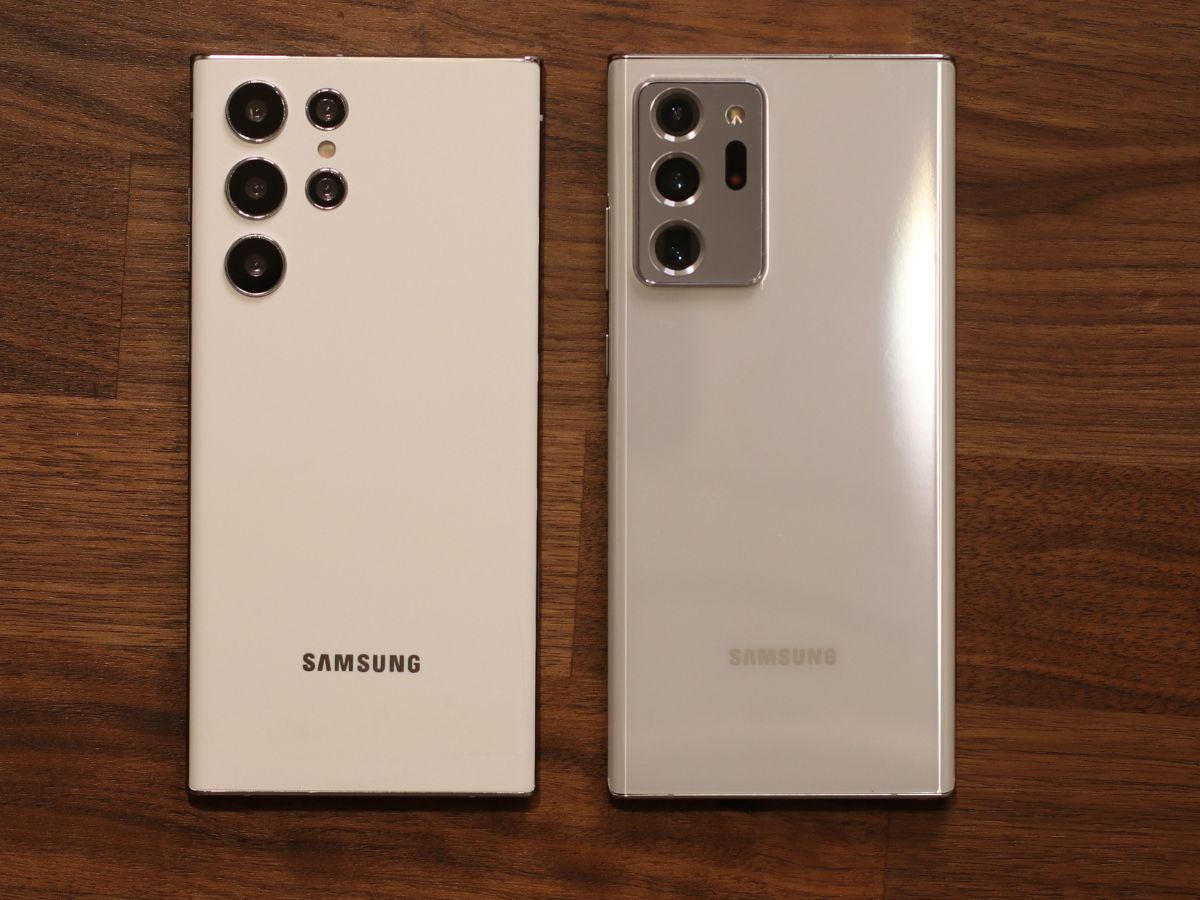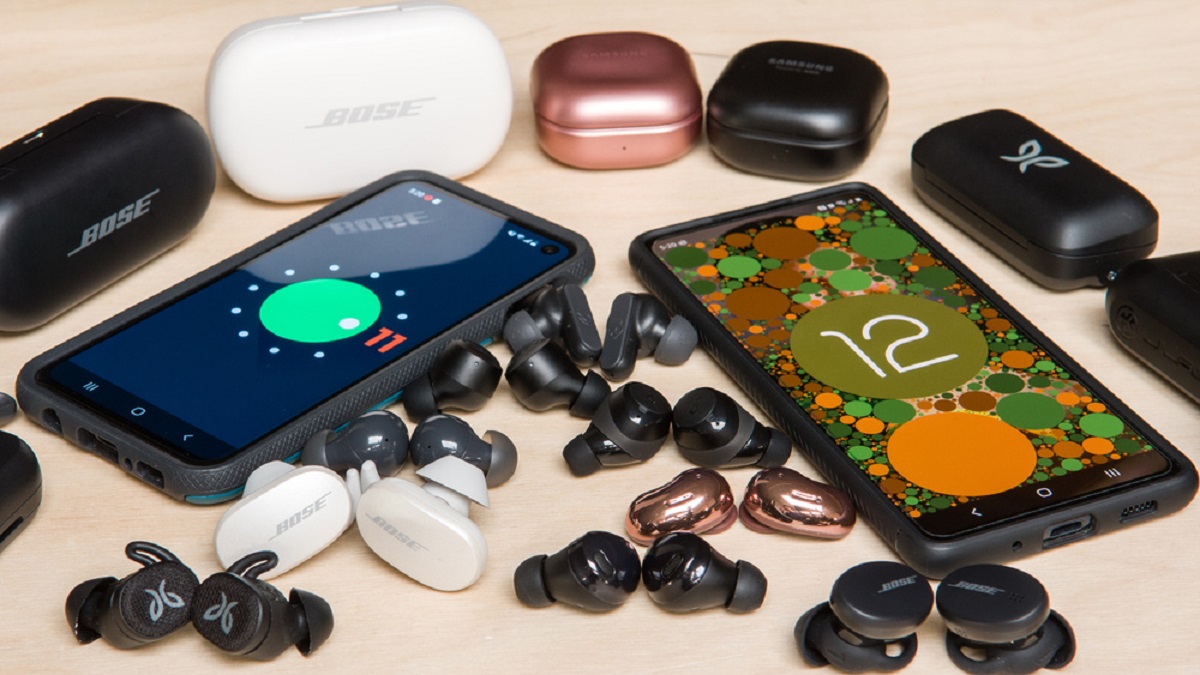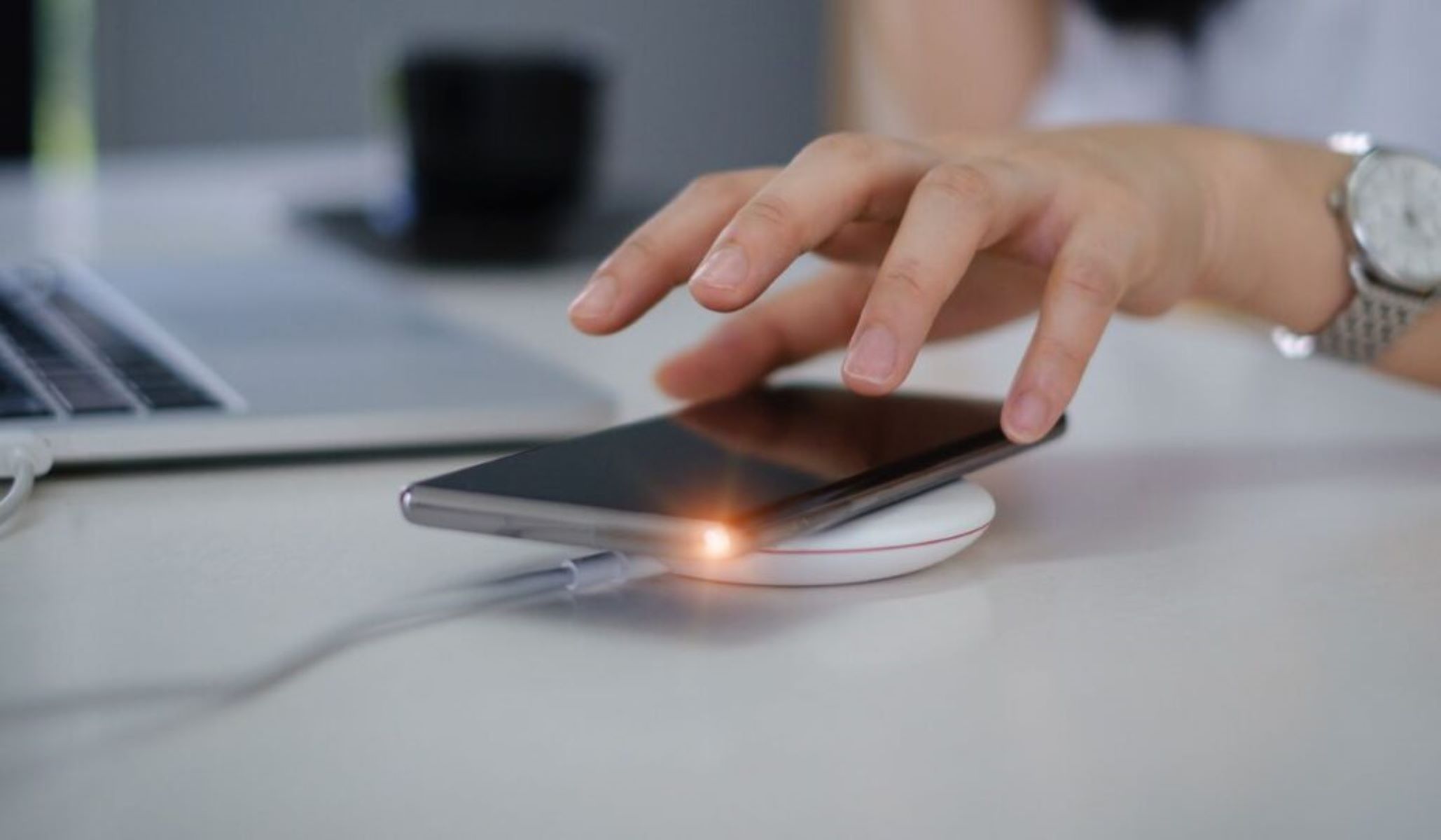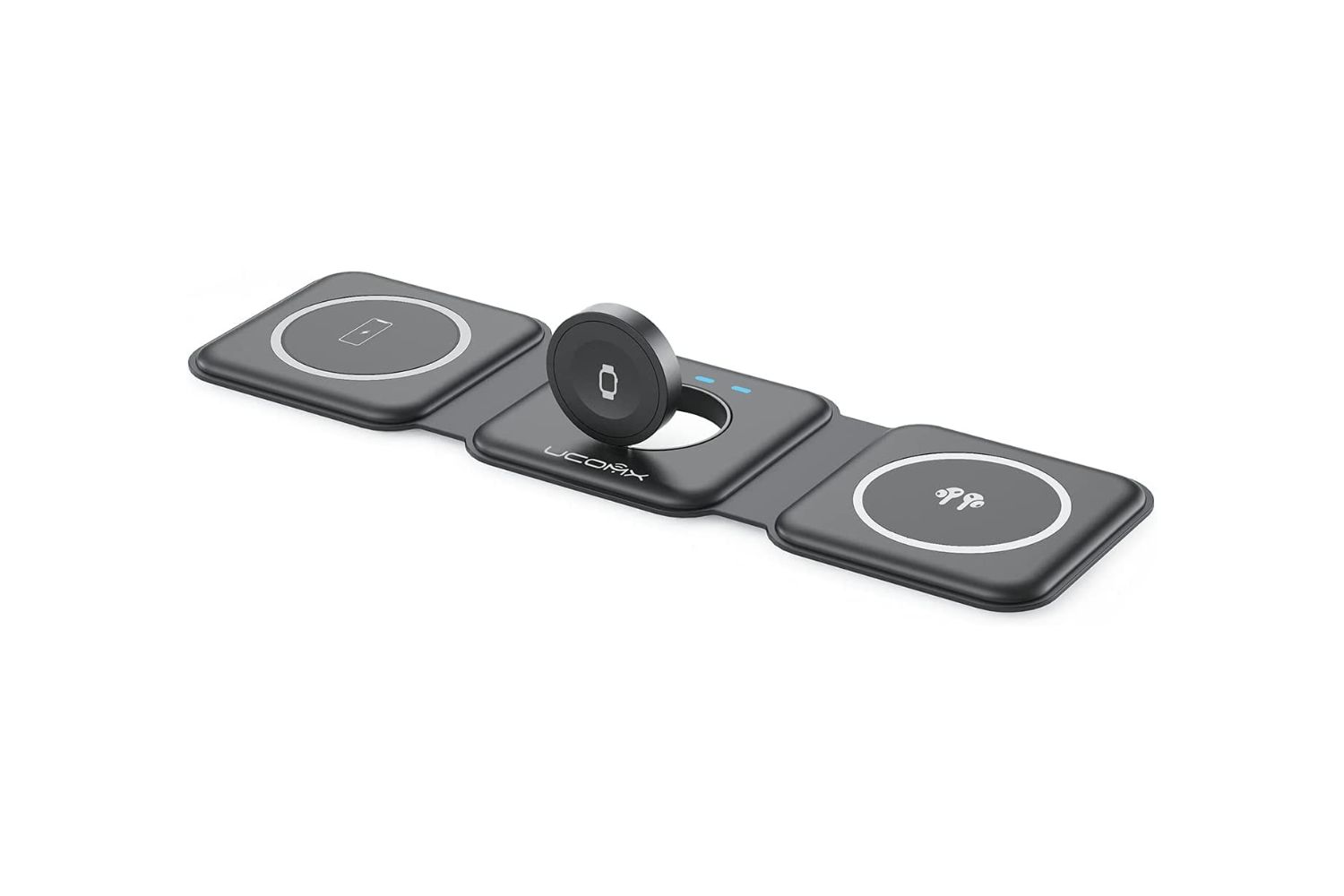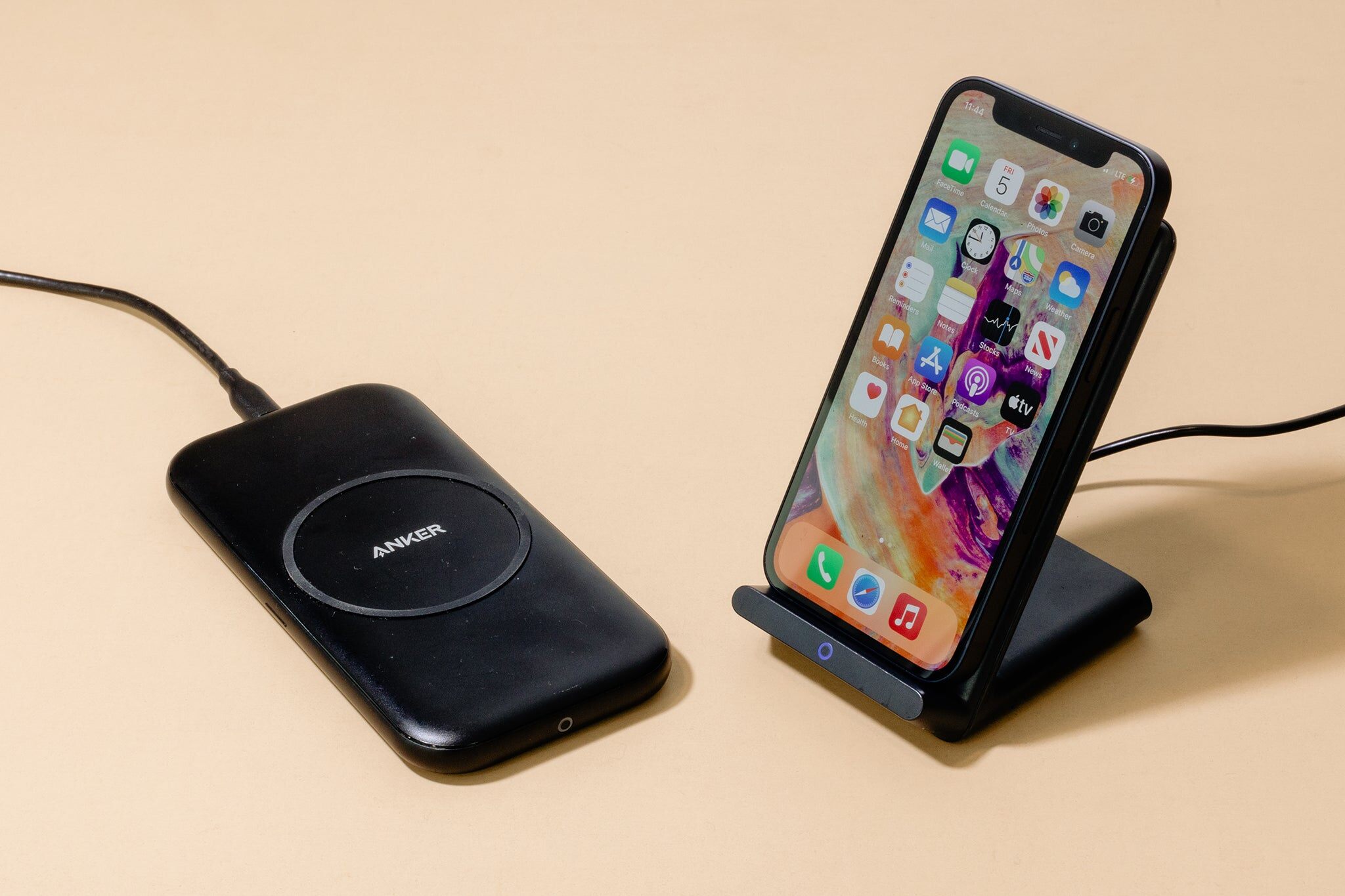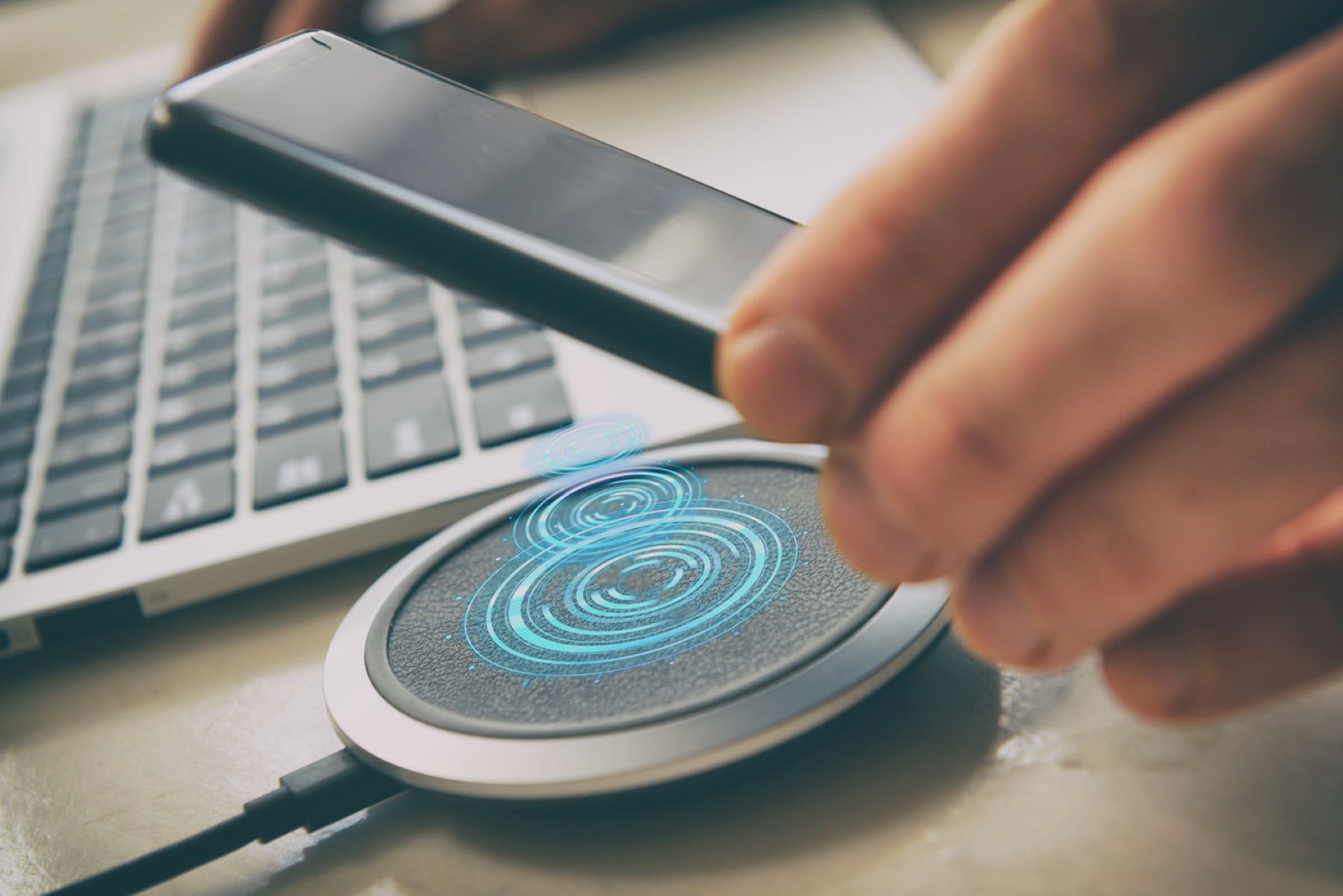Introduction
In today's fast-paced world, technology continues to evolve at an unprecedented rate. One of the most significant advancements in the realm of mobile devices is the integration of inductive charging and waterproof features in Android phones. These innovations have revolutionized the way we use and interact with our smartphones, offering unparalleled convenience and durability.
Inductive charging, also known as wireless charging, has emerged as a game-changing technology in the smartphone industry. This revolutionary feature eliminates the need for traditional wired chargers, allowing users to power up their devices simply by placing them on a compatible charging pad. As a result, the hassle of dealing with tangled cords and worn-out charging ports becomes a thing of the past. The seamless and intuitive nature of inductive charging has redefined the user experience, making it a highly sought-after feature in modern Android phones.
On the other hand, the incorporation of waterproof capabilities in Android phones has vastly expanded the devices' utility and resilience. With this feature, users can confidently use their smartphones in various environments, including rainy weather, aquatic activities, and even in the shower. The waterproofing technology not only safeguards the internal components of the phone but also provides peace of mind to users who lead active lifestyles or work in challenging conditions.
As the demand for inductive charging and waterproof features continues to grow, it is crucial for consumers to be well-informed about the availability of these capabilities in different Android phone models. By understanding how to identify phones with inductive charging and waterproof features, users can make informed purchasing decisions that align with their specific needs and preferences.
In the following sections, we will delve into the intricacies of inductive charging technology and explore the diverse approaches employed by manufacturers to integrate waterproof features into Android phones. By gaining a comprehensive understanding of these innovations, readers will be empowered to identify and select Android phones that offer the unparalleled convenience of inductive charging and the durability of waterproof design.
Inductive Charging Technology
Inductive charging, also referred to as wireless charging, represents a groundbreaking advancement in the domain of smartphone technology. This innovative method of powering up devices has redefined the conventional approach to charging, offering unparalleled convenience and eliminating the need for cumbersome cables and connectors.
At the core of inductive charging technology lies the principle of electromagnetic induction. This process involves the transfer of energy from a charging pad to the receiving device, typically a smartphone, through the use of electromagnetic fields. The charging pad, which is connected to a power source, generates an alternating current that creates a magnetic field. When the smartphone with inductive charging capabilities is placed on the pad, the magnetic field induces an electric current within the device, facilitating the recharging of its battery.
The integration of inductive charging in Android phones has ushered in a new era of user convenience. With this technology, users can simply place their smartphones on a compatible charging pad, without the need to fumble with cords or worry about wearing out the charging port. This seamless and intuitive method of charging has become a highly sought-after feature, particularly for individuals who prioritize ease of use and a clutter-free environment.
Manufacturers have embraced inductive charging as a key differentiator, incorporating this feature into a wide array of Android phone models. As a result, users have access to an extensive selection of devices that support wireless charging, catering to diverse preferences and budgets. Furthermore, the growing prevalence of public spaces and furniture equipped with wireless charging capabilities underscores the increasing ubiquity of inductive charging technology.
The implementation of inductive charging in Android phones has not only streamlined the charging process but has also contributed to the overall user experience. By eliminating the reliance on conventional charging methods, this technology has enhanced the convenience and portability of smartphones, empowering users to stay connected without being tethered to power outlets. As the demand for wireless charging continues to rise, manufacturers are poised to further refine and expand the capabilities of inductive charging, ensuring that it remains a cornerstone of modern smartphone design.
In essence, inductive charging technology represents a pivotal leap forward in the realm of smartphone innovation, offering users a seamless and efficient method of keeping their devices powered up. As this technology continues to evolve and proliferate, it is poised to shape the future of mobile device charging, providing users with an unparalleled level of convenience and freedom.
Waterproof Features in Android Phones
The integration of waterproof features in Android phones represents a significant advancement that has redefined the durability and utility of these devices. This innovative capability empowers users to confidently use their smartphones in various environmental conditions, offering peace of mind and enhancing the overall resilience of the devices.
The implementation of waterproofing technology involves the application of specialized seals, adhesives, and coatings to critical components of the phone, effectively safeguarding them against water intrusion. This meticulous engineering ensures that the internal circuitry, including the battery, processor, and other vital components, remains protected from moisture, thereby mitigating the risk of water-related damage.
Manufacturers employ rigorous testing and certification processes to validate the waterproof capabilities of their Android phones, ensuring that they meet stringent standards for water resistance. These evaluations encompass a range of scenarios, including submersion in water, exposure to varying water pressures, and resistance to moisture ingress from splashes and spills. As a result, users can have confidence in the reliability and effectiveness of the waterproof features integrated into their devices.
The introduction of waterproofing in Android phones has expanded the potential applications of these devices, enabling users to utilize them in environments where traditional smartphones would be vulnerable to water damage. Whether engaging in outdoor activities, navigating through inclement weather, or simply using the phone in humid conditions, the waterproofing technology offers a layer of protection that enhances the longevity and usability of the device.
Moreover, the integration of waterproof features aligns with the evolving lifestyles and preferences of modern consumers. Individuals who lead active lifestyles or work in demanding environments can benefit significantly from the durability and resilience afforded by waterproof Android phones. Additionally, the peace of mind provided by waterproofing technology resonates with users who seek a reliable and robust device that can withstand the rigors of daily use.
In essence, the incorporation of waterproof features in Android phones represents a pivotal advancement that extends the utility and durability of these devices. By seamlessly integrating this technology, manufacturers have elevated the resilience and versatility of smartphones, ensuring that users can confidently utilize their devices in diverse settings without compromising on performance or longevity. As the demand for rugged and durable smartphones continues to grow, the inclusion of waterproof features is poised to remain a key consideration for consumers seeking devices that can withstand the challenges of the modern world.
Identifying Android Phones with Inductive Charging
Identifying Android phones equipped with inductive charging capabilities is essential for users seeking the convenience and versatility offered by this innovative technology. As the demand for wireless charging continues to rise, manufacturers have integrated this feature into a wide array of Android phone models, providing users with a diverse selection of devices to choose from.
One of the primary methods to identify Android phones with inductive charging is to refer to the device specifications provided by the manufacturer. When exploring the specifications of a particular Android phone, users can look for explicit mentions of wireless charging compatibility. Manufacturers often highlight this feature as a key selling point, clearly indicating whether the device supports inductive charging. Additionally, the inclusion of wireless charging compatibility in the official product descriptions and marketing materials serves as a reliable indicator of the presence of this feature in the Android phone.
Furthermore, users can consult reputable technology websites, industry publications, and review platforms to gather insights into the wireless charging capabilities of different Android phone models. These sources often provide detailed analyses and reviews of smartphones, including information about their charging capabilities. By leveraging the expertise and assessments offered by these platforms, users can gain valuable insights into the presence of inductive charging in various Android phones, enabling them to make informed purchasing decisions.
Another effective approach to identify Android phones with inductive charging is to examine the device's physical characteristics. Many smartphones equipped with wireless charging capabilities feature distinctive design elements, such as a glass back panel. This design choice facilitates the efficient transmission of energy between the charging pad and the device, allowing for seamless wireless charging functionality. Additionally, some manufacturers may incorporate subtle branding or labeling on the device to denote its wireless charging compatibility, providing users with a visual cue to identify smartphones with this feature.
In summary, identifying Android phones with inductive charging involves a multifaceted approach that encompasses reviewing device specifications, consulting industry resources, and recognizing physical design cues. By leveraging these strategies, users can confidently identify and select Android phones that offer the unparalleled convenience and freedom of wireless charging, ensuring a seamless and efficient user experience.
Identifying Android Phones with Waterproof Features
Identifying Android phones equipped with waterproof features is crucial for users seeking durable and resilient devices capable of withstanding exposure to water and moisture. The integration of waterproofing technology in smartphones has redefined the usability and reliability of these devices, making it essential for consumers to be well-informed about the availability of this feature in different Android phone models.
One of the primary methods to identify Android phones with waterproof features is to refer to the device specifications provided by the manufacturer. When exploring the specifications of a particular Android phone, users can look for explicit mentions of waterproofing or water resistance. Manufacturers often highlight this feature as a key selling point, clearly indicating whether the device possesses waterproof capabilities. Additionally, the inclusion of water resistance ratings, such as IP67 or IP68, in the official product descriptions and marketing materials serves as a reliable indicator of the presence of waterproof features in the Android phone.
Moreover, users can consult reputable technology websites, industry publications, and review platforms to gather insights into the waterproof capabilities of different Android phone models. These sources often provide detailed analyses and reviews of smartphones, including information about their water resistance ratings and performance in real-world scenarios. By leveraging the expertise and assessments offered by these platforms, users can gain valuable insights into the presence of waterproof features in various Android phones, enabling them to make informed purchasing decisions.
Another effective approach to identify Android phones with waterproof features is to examine the device's physical characteristics. Smartphones equipped with waterproof capabilities often feature sealed and reinforced construction, including specialized gaskets and seals around ports and buttons. Additionally, devices with official water resistance certifications may display corresponding labels or indicators, further emphasizing their ability to withstand water exposure.
In summary, identifying Android phones with waterproof features involves a comprehensive approach that encompasses reviewing device specifications, consulting industry resources, and recognizing physical design cues. By leveraging these strategies, users can confidently identify and select Android phones that offer the durability and resilience of waterproof design, ensuring a reliable and robust user experience.
Conclusion
In conclusion, the integration of inductive charging and waterproof features in Android phones represents a significant leap forward in smartphone technology. These innovative capabilities have redefined the user experience, offering unparalleled convenience and durability to consumers. The seamless nature of inductive charging has eliminated the hassle of dealing with tangled cords and worn-out charging ports, providing users with a convenient and clutter-free method of keeping their devices powered up. Additionally, the integration of waterproof features has extended the utility and resilience of Android phones, empowering users to confidently use their devices in various environmental conditions without compromising on performance or longevity.
As the demand for inductive charging and waterproof capabilities continues to grow, it is imperative for consumers to be able to identify Android phones that offer these features. By understanding the methods to identify smartphones with inductive charging and waterproof capabilities, users can make informed purchasing decisions that align with their specific preferences and lifestyle requirements. Whether it's checking the device specifications, consulting reputable technology resources, or recognizing physical design cues, consumers have a range of strategies at their disposal to identify Android phones equipped with these innovative features.
The widespread adoption of inductive charging and waterproof technology underscores the evolving landscape of smartphone design, where user convenience and device durability are paramount. As manufacturers continue to refine and expand these capabilities, users can expect a future where the seamless integration of inductive charging and robust waterproof features becomes increasingly ubiquitous across a diverse range of Android phone models.
Ultimately, the incorporation of inductive charging and waterproof capabilities in Android phones signifies a pivotal shift towards enhancing the usability, resilience, and overall user satisfaction with these devices. By staying informed and discerning when evaluating smartphone features, consumers can embrace the unparalleled convenience of wireless charging and the peace of mind offered by waterproof design, ensuring that their Android phones cater to their dynamic lifestyles and diverse usage scenarios.







